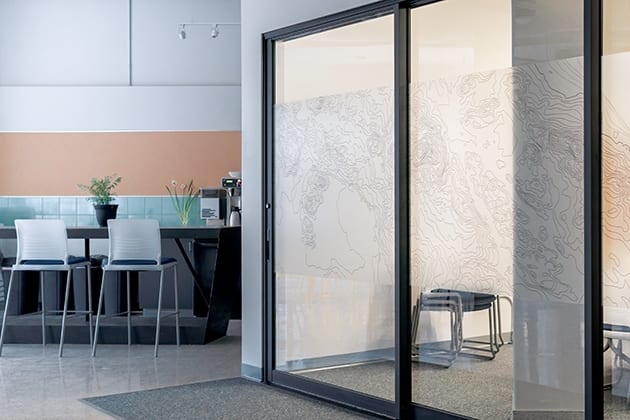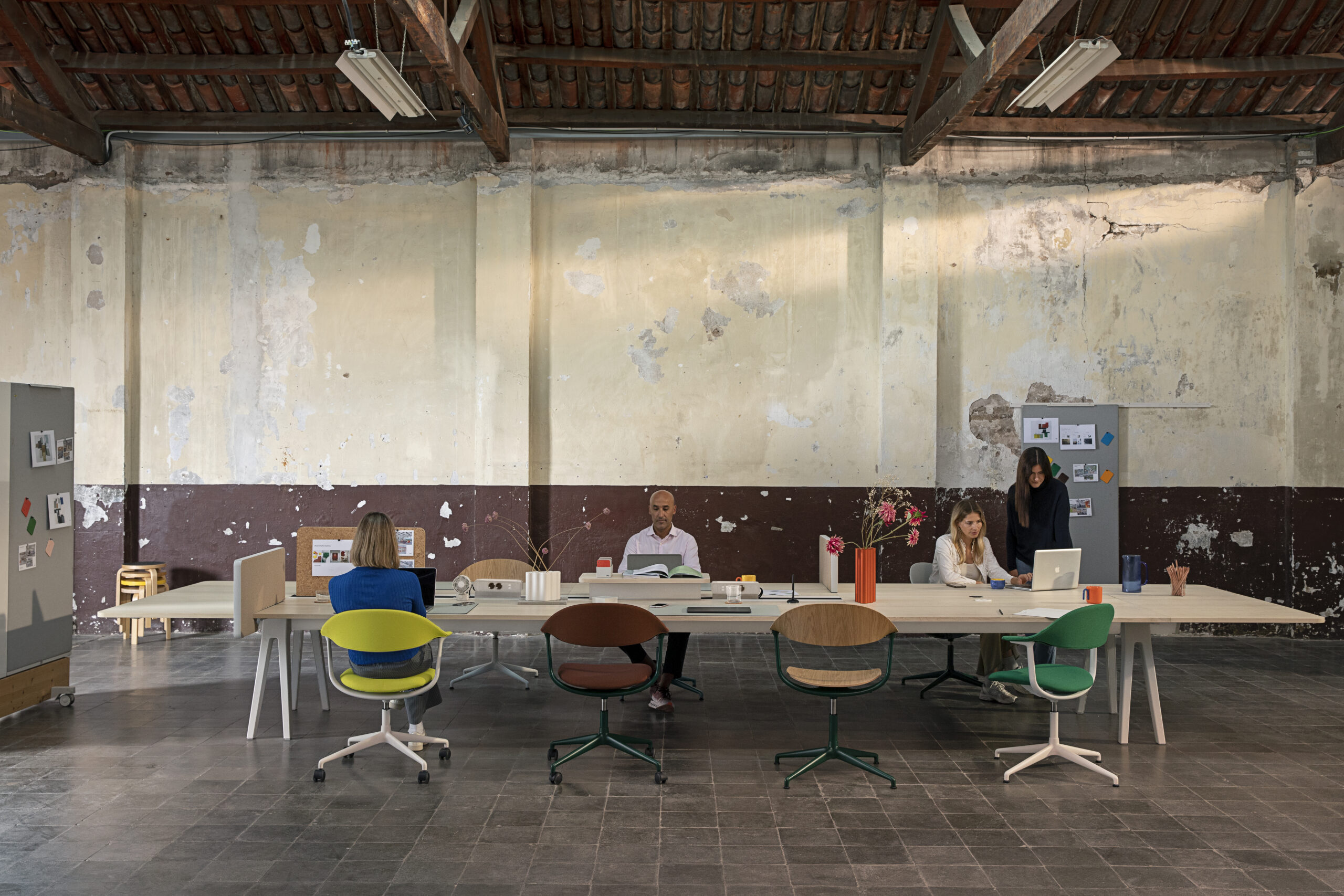 |||
|||
Suddenly everyone’s talking employee experience. And about time.
 Leesman have developed tools to measure employee effectiveness
Leesman have developed tools to measure employee effectiveness
We’ve long since known that engaged employees invest more discretionary effort, progress faster and stay longer. So developing engaged employees is good business practice, because staff turnover is an expensive problem. It costs British businesses around £4.13 billion every year. Employee inertia, a side effect of discontent, is also costly. That’s why conversations about employee experience being the foundation of engagement should interest every employer.
Last year OnOffice identified the key steps to a more productive workplace.
 Leesman client Commonwealth Bank of Australia’s Davenport office
Leesman client Commonwealth Bank of Australia’s Davenport office
In 2010 we launched the first wholly independent, standalone assessment technique for occupier clients and their consultants to measure employee workplace experience. It’s all we do. In the time since, we’ve measured how 3,750+ workplaces impact 525,000+ employees across 91 countries, arming organisations and their design teams with the insight they need to better tune their workplaces to employee needs.
That work has exposed that a third of employees disagree that their workplace creates an enjoyable environment in which to work. A similar number report that their workplace fails to evoke any sense of community spirit. And only half feel proud to welcome visitors to their office. How could we possibly expect these employees to be engaged? These workplaces are performance liabilities.
 Commonwealth Bank of Australia’s Davenport office interior
Commonwealth Bank of Australia’s Davenport office interior
However, an elite group of employers buck this trend by delivering workplaces that brilliantly support their employee experience. In 2018, 28 of the 971 workplaces we measured qualified for the coveted Leesman+ certification. These workplaces sport the highest self-reported employee satisfaction levels and collectively they reveal an intriguing set of indicators for what sets the best workplaces apart from the rest when it comes to design.
In doing so, the Leesman+ recipient organisations have challenged the over-used ‘work is a thing you do not a place you go’ idiom by creating work destinations where employees do want to go. They’ve done so by providing responsive, participatory work experiences based on a deep, evidence-based understanding of what employees do in their roles. Here employees feel respected and valued. These workplaces truly are organisational performance assets.
 Tim Oldman, CEO, Leesman
Tim Oldman, CEO, Leesman
Read more: Can art increase workplace productivity?
Tim Oldman, CEO of Leesman – a leading company in measuring workplace effectiveness – discusses the implementation of workplaces that maximise employee efficiency






















